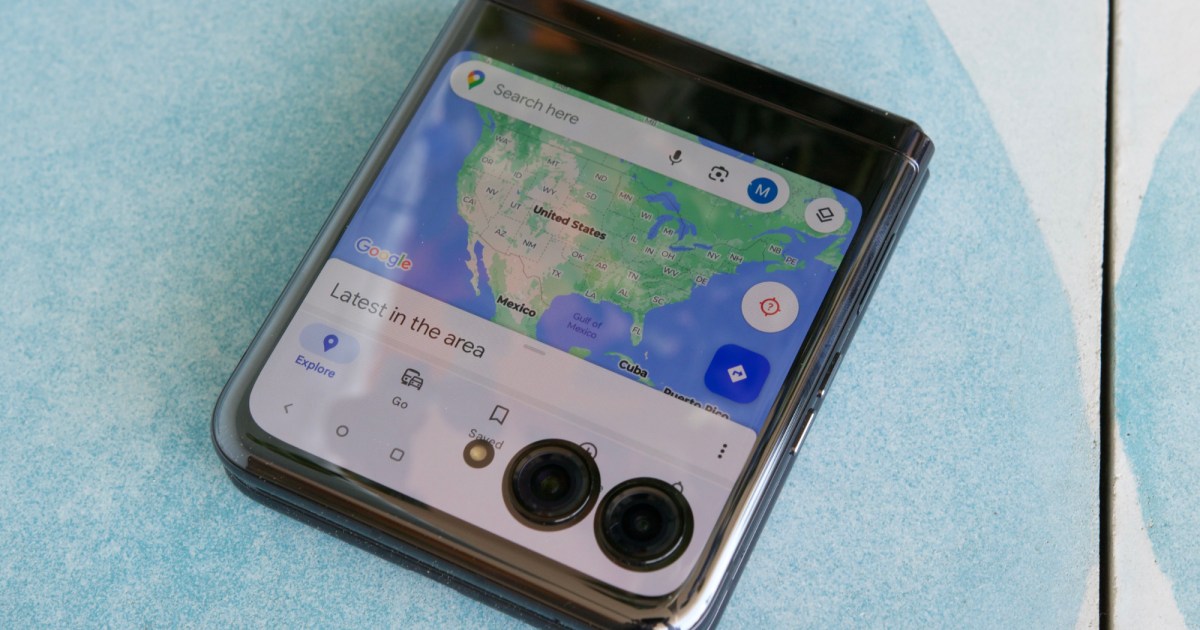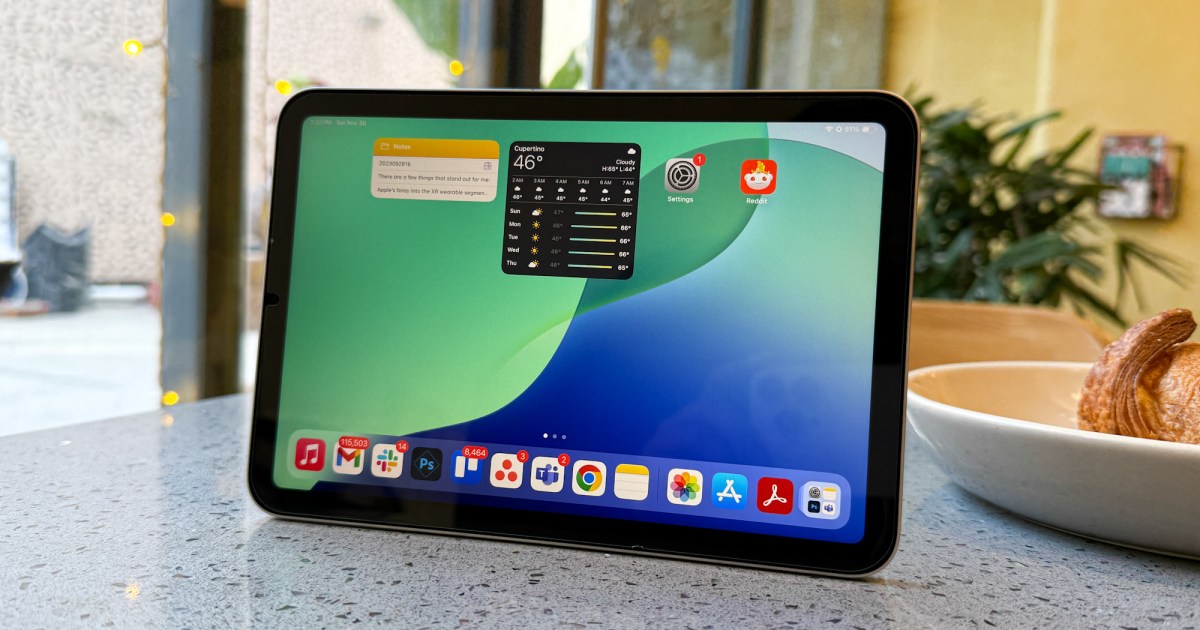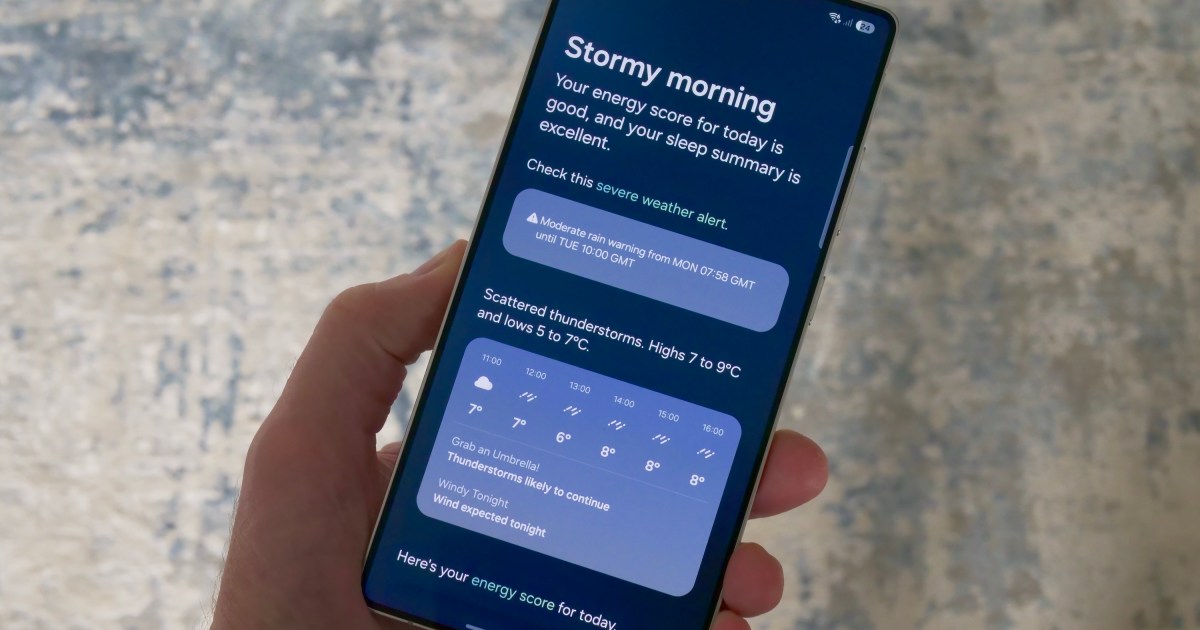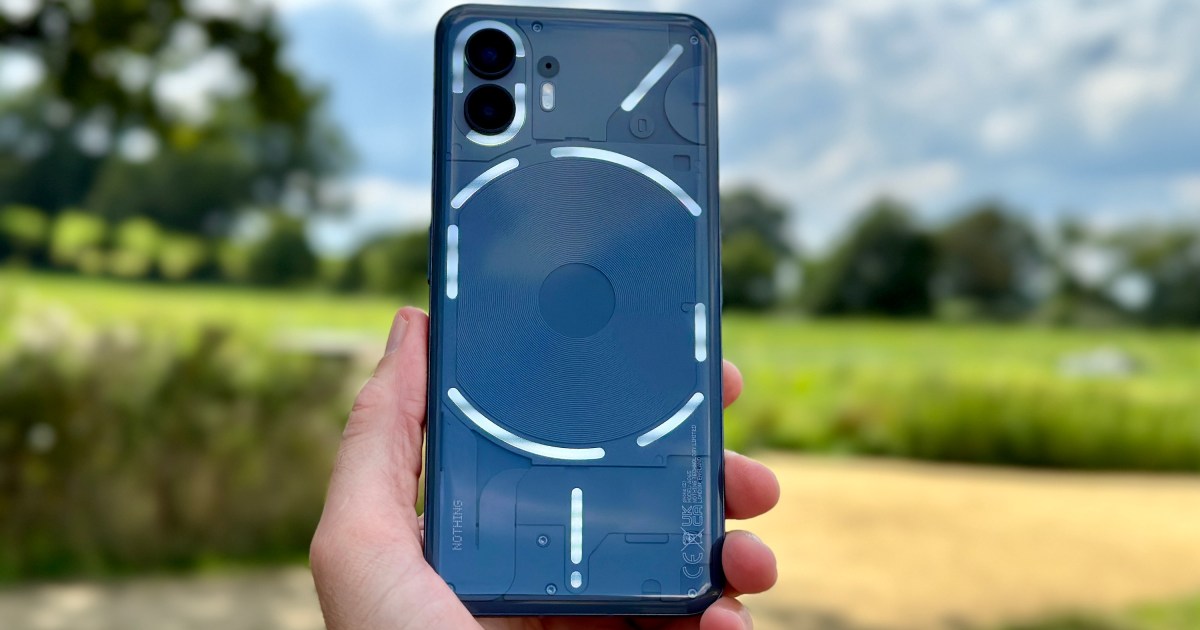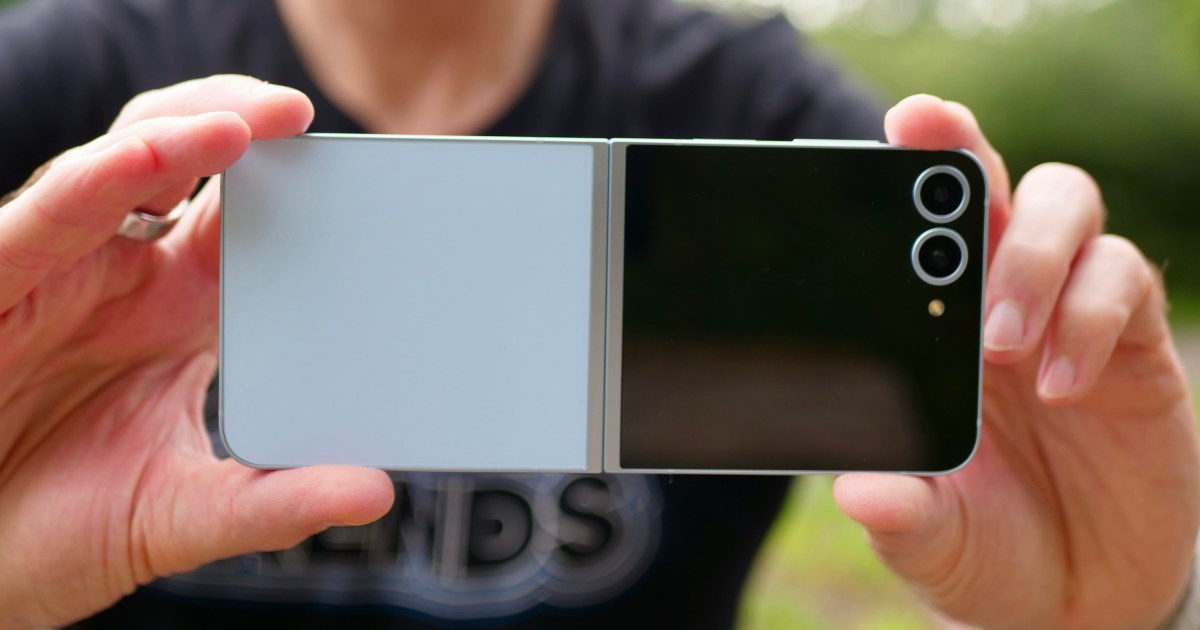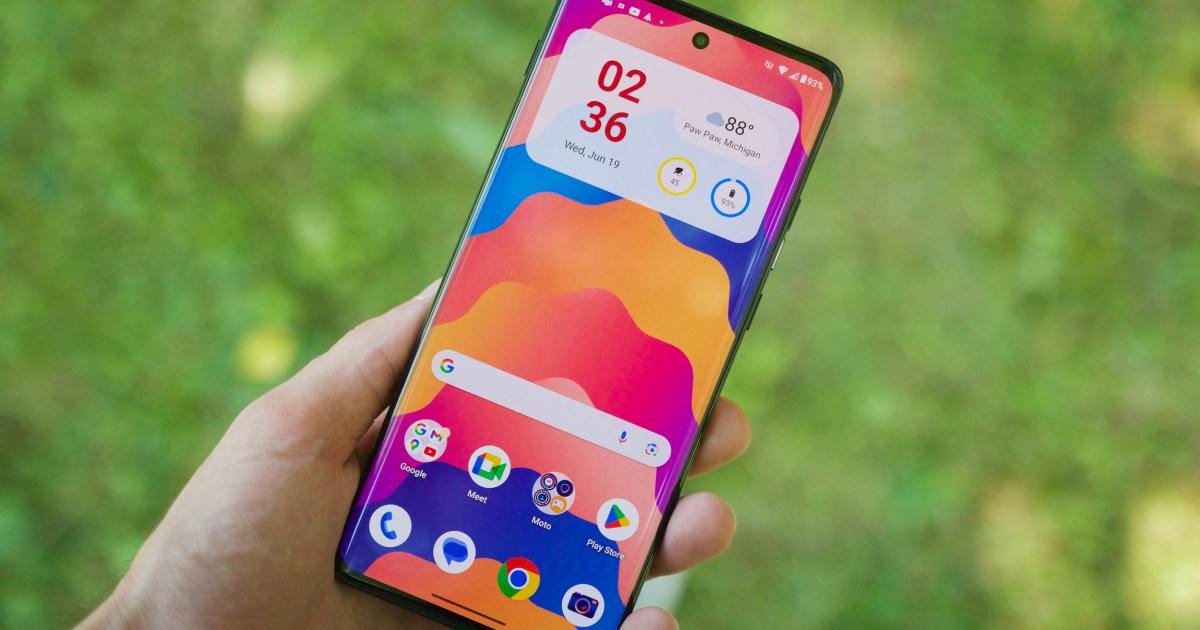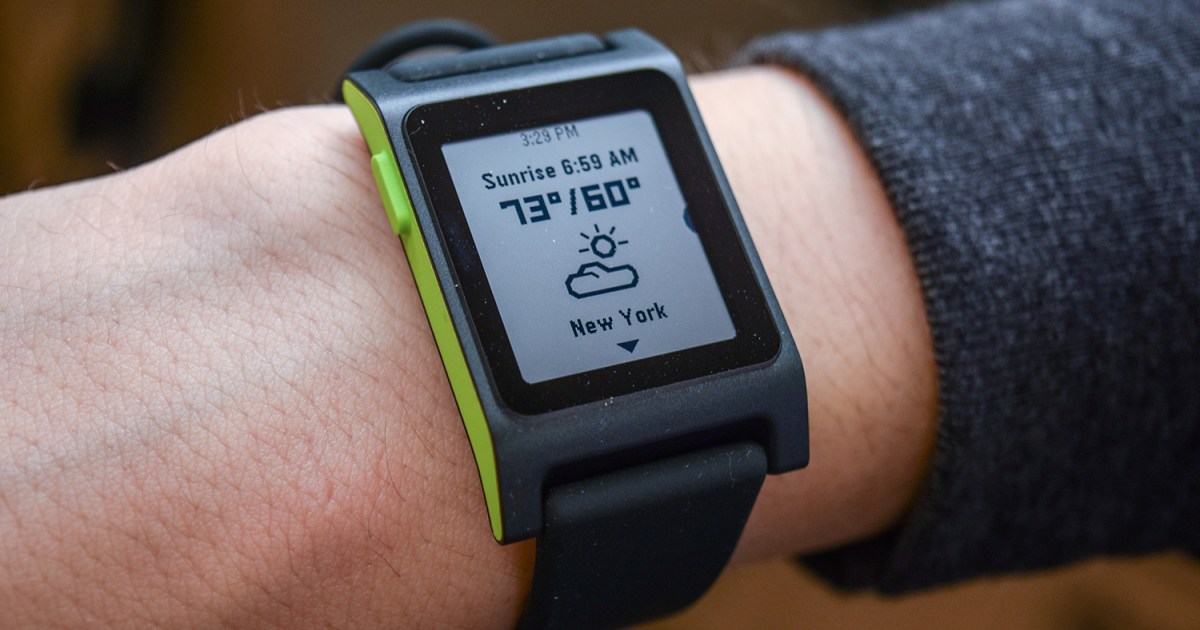President Donald Trump signed an executive order shortly after taking office seeking to rename several prominent landmarks. The order, titled “Restoring Names That Honor American Greatness,” mandates changing the Gulf of Mexico to the Gulf of America. Google has confirmed it will comply with this change, updating Google Maps accordingly.
Google adheres to a policy of aligning location names with official government datasets, specifically referencing the Geographic Names Information Systems (GNIS) directory. As the GNIS is updated, Google Maps will reflect the change, displaying “Gulf of America” to users within the United States.
“When that happens, we will update Google Maps in the U.S. quickly to show Mount McKinley and Gulf of America,” the company stated on X (formerly Twitter). While the change hasn’t been implemented yet, it’s expected soon.
Importantly, this name change will only affect users within US territory or areas under US jurisdiction. Internationally, Google Maps will continue to display the name as “Gulf of Mexico.”
This isn’t the first time Google has navigated complex naming conventions. In 2009, they published a policy explaining how they handle disputed territories and conflicting names, emphasizing the consideration of “authoritative references, local laws, and local market expectations.”
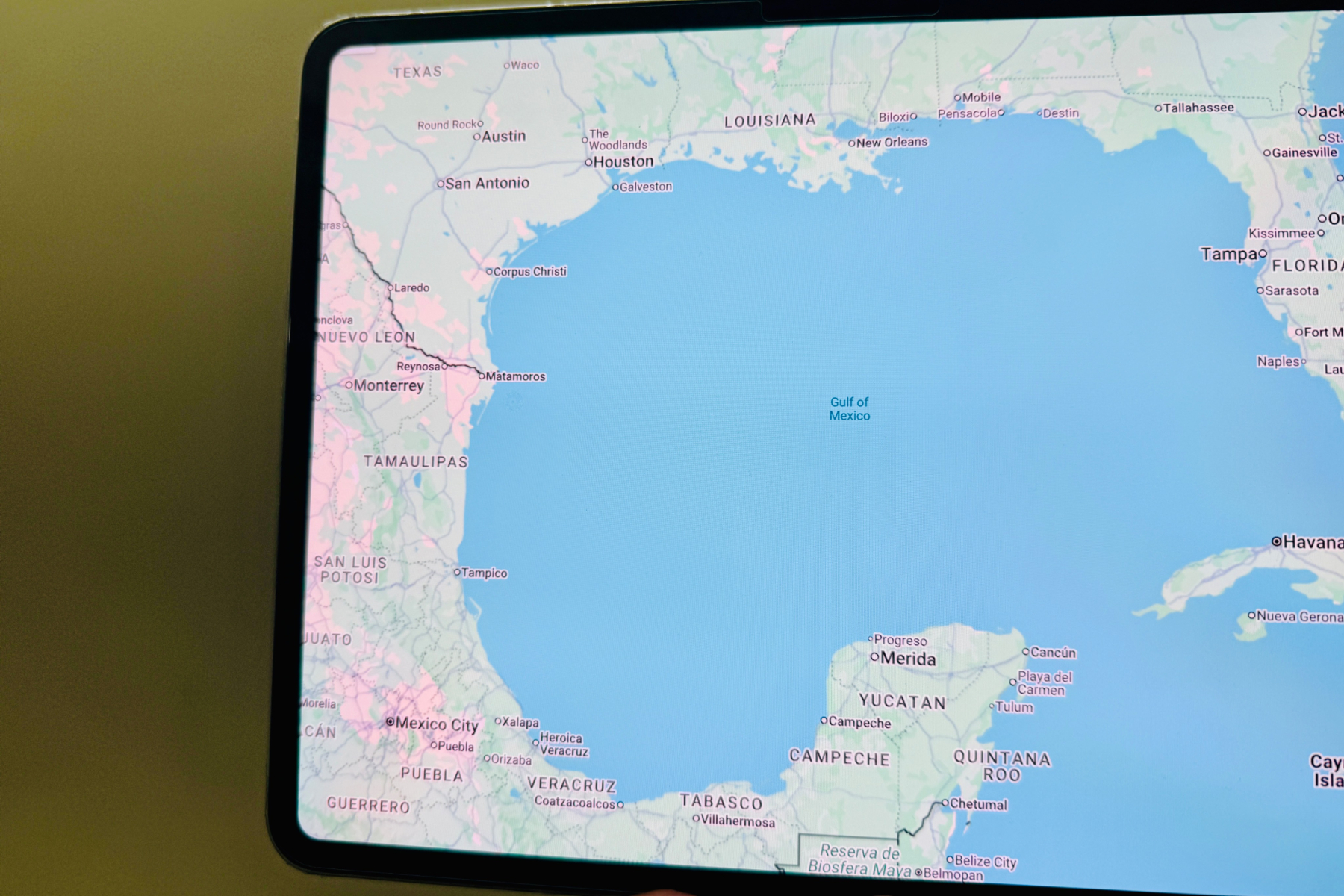 Gulf of Mexico on Google Maps.
Gulf of Mexico on Google Maps.
Trump’s executive order also directs the Secretary of the Interior to revert Mount Denali’s name back to Mount McKinley, honoring President McKinley’s legacy. The order justifies these changes by stating that naming national treasures “should honor the contributions of visionary and patriotic Americans in our Nation’s rich past.”
This renaming evokes similar geopolitical naming disputes. Google Maps displays the “Sea of Japan,” while South Korean users see the “East Sea.” Such naming conflicts are frequently debated within international bodies like the UN.
A similar incident occurred in 2015, when Google changed the name of a disputed reef area in the South China Sea from “Zhongsha Islands” to “Scarborough Shoal” after a petition from Filipinos who viewed the Chinese name as an assertion of territorial claims. A Google spokesperson told the BBC at the time, “We understand that geographic names can raise deep emotions which is why we worked quickly once this was brought to our attention.”
This case highlights the complexities of digital cartography and how tech companies like Google must balance adhering to government mandates while navigating international sensitivities and geopolitical considerations. The renaming of the Gulf of Mexico serves as a recent example of this ongoing challenge.
The Gulf of America name change underscores the intricate interplay between government policy, technology, and international relations in the digital age. It raises questions about the power of names, the role of tech companies in shaping our understanding of the world, and the continuing evolution of online maps as reflections of our complex geopolitical landscape.



